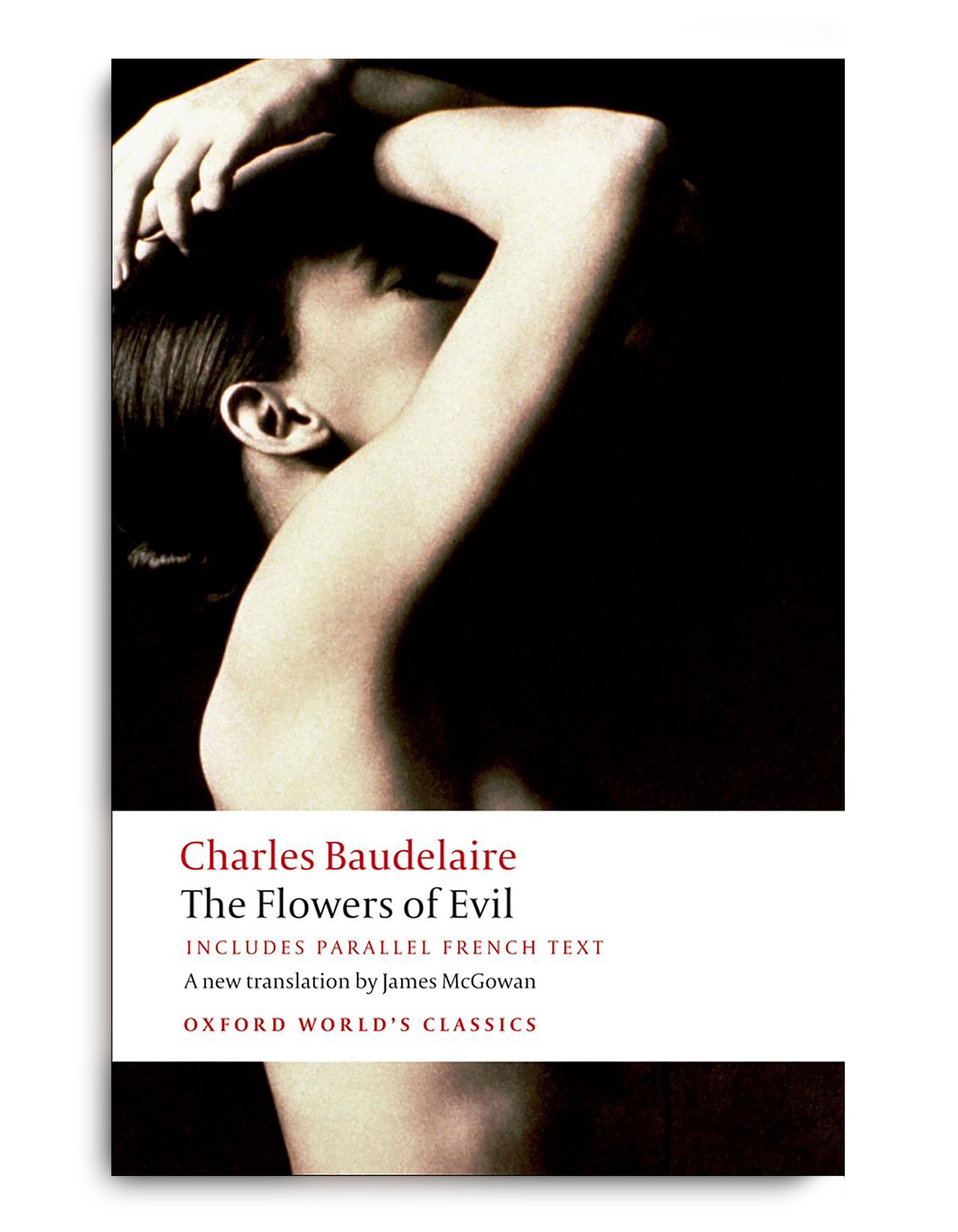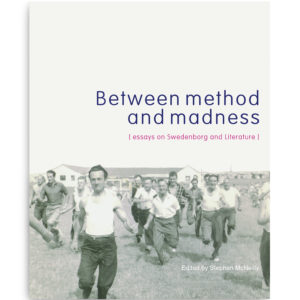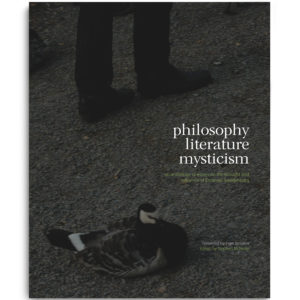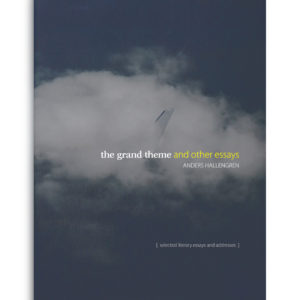Description
The writers of French Symbolism, which reached its peak in the late nineteenth century, together formed one of the most influential artistic movements in history. Inspired by Baudelaire’s Fleurs du Mal, these writers prized emotion over intellect, connotation of clarity, and beauty above all; such a view of art took a hold of Europe, and flourished in a motley of offshoots (Aestheticism, the Decadents, etc.). Since Baudelaire was fixated with Swedenborg—particularly his theory of correspondence—the work of the Swedish mystic inevitably fed into the work of poets like Verlaine; thus, in the most tumultuous and visceral of the Symbolists we still find angels, spirits and mystics in abundance. The poem ‘Correspondences’ has resounding ‘Swedenborgian’ allusions and is written out below.
The Flowers of Evil, which T S Eliot called the greatest example of modern poetry in any language, shocked the literary world of nineteenth-century France with its outspoken portrayal of lesbian love, its linking sexuality and death, its unremitting irony, and its unflinching celebration of the seamy side of urban life. The volume was seized by the police, and Baudelaire and his published works were put on trial for offence to public decency. Six offending poems were banned, in a conviction that was not overturned until 1949.
Correspondences
By Charles Baudelaire
Nature is a temple, where the living
Columns sometimes breathe confusing speech;
Man walks within these groves of symbols, each
Of which regards him as a kindred thing.
As the long echoes, shadowy, profound,
Heard from afar, blend in a unity,
Vast as the night, as sunlight’s clarity,
So perfumes, colours, sounds may correspond.
Odours there are, fresh as a baby’s skin,
Mellow as oboes, green as meadow grass,
– Others corrupted, rich, triumphant, full,
Having dimensions infinitely vast,
Frankincense, musk, ambergris, benjamin,
Singing the senses’ rapture, and the soul’s.
Taken from The Flowers of Evil by Charles Baudelaire (Oxford University Press).
Author bio
CHARLES BAUDELAIRE (1821-67). It was probably through Balzac that the poet Baudelaire first encountered Swedenborg. The first reference to Swedenborg in his own writing occurs in the short story La Fanfarlo. What mainly fascinated Baudelaire was Swedenborg’s doctrine of correspondences and he used this as a cornerstone of his aesthetic metaphysics. The influence of Swedenborg may be seen in his Fleurs du Mal (1857), particularly in the sonnet ‘Correspondances’. References: Lynn R Wilkinson, The Dream of an Absolute Language: Emanuel Swedenborg and French Literary Culture (1996); P Mansell Jones, The Background to Modern French Poetry (1951).





Reviews
There are no reviews yet.